10 conclusions from Omloop Het Nieuwsblad
Thomas, Van Avermaet, Pippo and the importance of strength in numbers
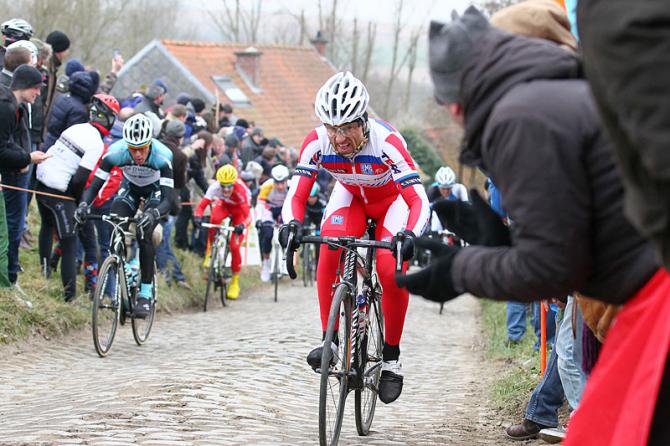
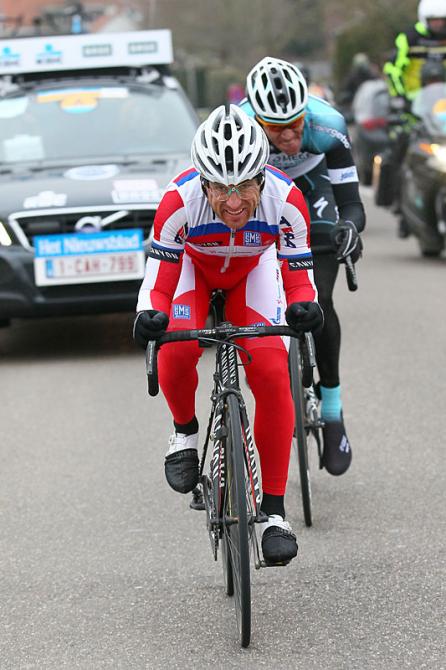
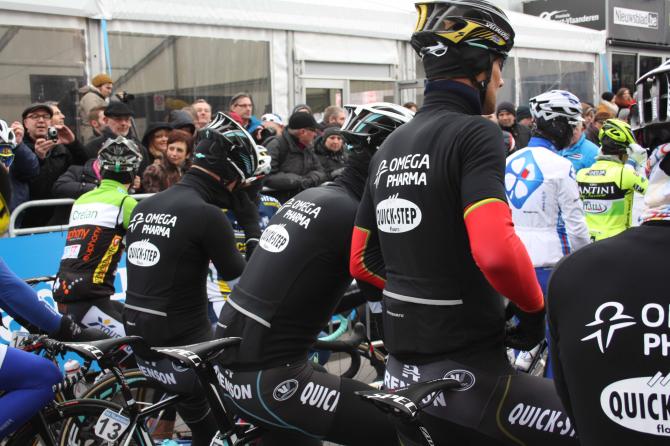
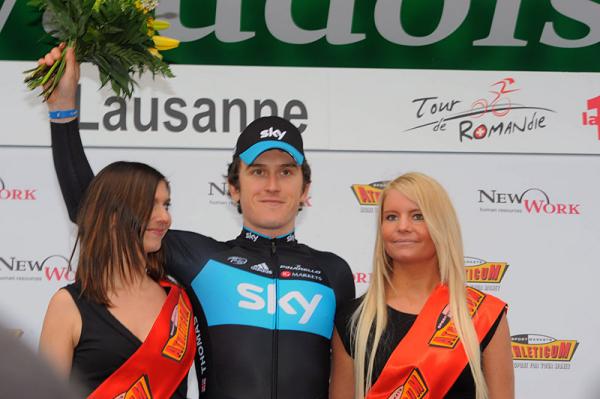
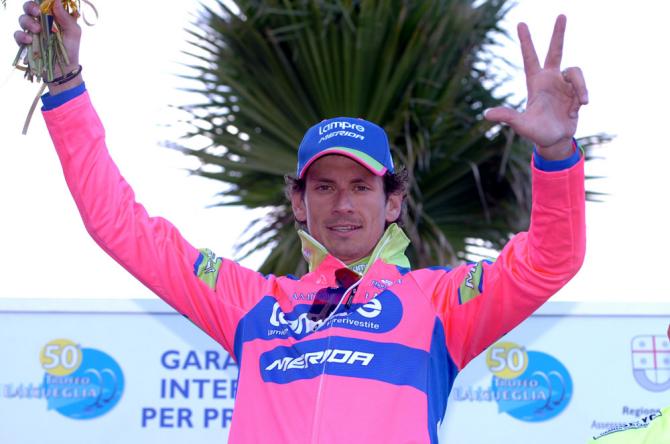
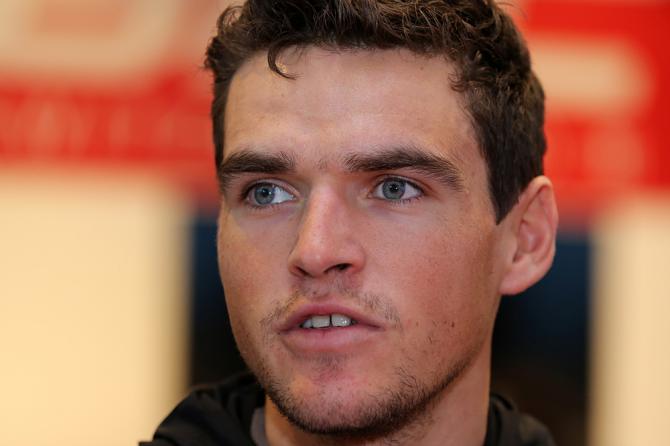
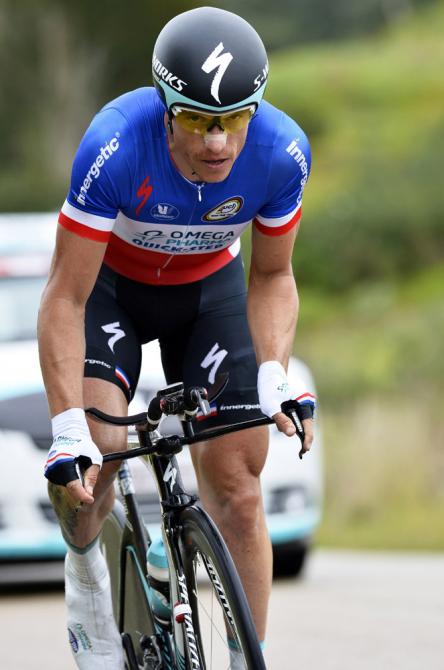
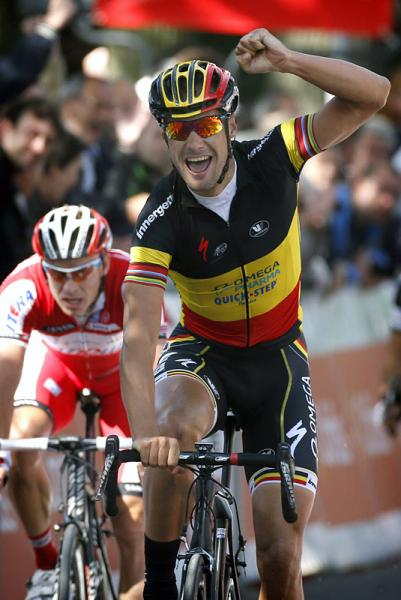
Kuurne-Brussel-Kuurne may have fallen by the wayside due to the snow that affected much of Europe over the weekend but that didn't stop Omloop Het Nieuwsblad from providing a welcome curtain raiser to the Belgian cobbled season. It's still very early in the classics season but Cyclingnews' Barry Ryan has picked apart the action.
1. Strength in numbers is key…
When Mapei dominated the classics landscape in the 1990s, strength in numbers was still something of a luxury, but in the contemporary era it is almost a necessity. Saturday’s Omloop Het Nieuwsblad was a case in point. When the race broke up on the Varent with over 40km still to go, Sky, BMC, Omega Pharma-QuickStep and Blanco all had passengers safely aboard the train, while some other teams with lofty ambitions – Garmin-Sharp, Orica-GreenEdge, Lampre-Merida and Vacansoleil-DCM – were left stranded on the platform, their tickets flapping in the wind.
It would prove to be the turning point of the race. GreenEdge and Vacansoleil attempted to orchestrate a pursuit, but with the strongest teams all represented at the front, the break eventually chugged its way out of sight and the peloton lost all of its impetus. Big hitters such as Sep Vanmarcke, Lars Boom, Tom Boonen, Edvald Boasson Hagen and Thor Hushovd sat on their hands, content to allow their teammates act as proxies up front, while the race behind petered out to such an extent that the bunch rolled into Ghent over six minutes down.
2. …but you still need to know how to use them
The strongest teams on paper might all have been represented in the decisive move but not all of them had the right man for the task in hand at the front. Stijn Vandenbergh’s qualities as a strongman are unquestioned but winning a classic requires finesse as well as force. Omega Pharma-QuickStep would doubtless have preferred had his teammate Sylvain Chavanel been the man contesting a two-up sprint for the win, but instead Luca Paolini (Katusha) was the only man to stick with Vandenbergh when he accelerated away from the break on the cobbles at Lippenhovestraat. The finale in the Ghent was a formality for the veteran Paolini, whose Katusha team was far from the strongest in the race.
3. Boonen – back in business?
Get The Leadout Newsletter
The latest race content, interviews, features, reviews and expert buying guides, direct to your inbox!
All of Flanders waited with bated breath to see how Tom Boonen would fare on his favoured Omloop test site of the Taaienberg. The Belgian traditionally heralds the arrival of spring – and delivers an early psychological blow – by stringing out the peloton on the Taaienberg, but after an illness and injury-hit winter led to a delayed start to the season, Boonen said beforehand that he expected to be a spectator rather than a participant once the racing got serious.
Sure enough, ‘Tommeke’ did not produce his usual Opening Weeekend cameo on the Taaienberg, but the Belgian champion at least had a front row seat. Although he said he felt “empty” after 100km and was not sharp enough to follow the winning move on the Varent, Boonen was still strong enough to rub shoulders with some of his principal rivals for top honours in April throughout Saturday’s race. It seems improbable that Boonen will reach the same dizzy heights that he did last spring but it’s also impossible to imagine that he won’t be in the mix. And as Boonen has shown in the past, he possesses that rarest of gifts – the ability to win classics even when not at 100 per cent.
4. Thomas scarcely misses a beat
Geraint Thomas (Sky) was one of the revelations of the 2011 classics but the Welshman opted to take a sabbatical from the pavé last year in order to prepare for the team pursuit at the Olympic Games. On Saturday, Thomas returned to race on the cobbles of Flanders in springtime for the first time in almost two years and he betrayed few signs of rustiness – where others lapsed, he had the positioning, alertness and strength to latch onto the decisive move when it formed on the Varent.
Given his early form this season at the Tour Down Under, Thomas will have come away disappointed with his 4th place finish but considering he crashed early on, it was still a decent innings from the 26-year-old. It’s a big leap from classics contender to winner, but directeur sportif Servais Knaven was adamant that his charge has the engine to compete over the 250+ kilometres of a monument. Like the rest of Sky’s classics squad, however, Thomas will not race again until Milan-San Remo, forgoing Paris-Nice and Tirreno-Adriatico for a collective training camp in Tenerife.
5. Chavanel creates openings for Omega Pharma-QuickStep
In some respects, Sylvain Chavanel is the Andrés Iniesta of cycling. Like the Barcelona soccer player, Chavanel’s weighty contribution to QuickStep’s classics success was often overshadowed by the men who finished off his work and grabbed the headlines, though like Iniesta, Chavanel’s efforts have belatedly received wider recognition in recent seasons.
Chavanel took on his familiar role as Omega Pharma-QuickStep’s advance party on Saturday, attacking on the Eikenberg and then going up the road alone on the cobbles at Haaghoek with over 40km to go, putting the onus on the other teams to chase. The aim was doubtless that co-leader Niki Terpstra would make it across to Chavanel later on, but instead it was Vandenbergh who provided the reinforcements.
While Vandenbergh would finish second, Chavanel’s aggression once again moulded the outcome of a classic and created the opening for a teammate. Rather than more plaudits, however, Chavanel will be looking for a monument victory of his own this spring, preferably at Paris-Roubaix. With his leader Boonen’s condition still uncertain, it might just be Chavanel’s turn.
6. BMC’s quiet man
Overshadowed though he may be by Philippe Gilbert, Thor Hushovd and Taylor Phinney, Greg Van Avermaet could yet prove to be BMC’s best chance of finally capturing a cobbled classic. When the newly-arrived galacticos faltered last spring, Van Avermaet stepped up to the plate with a series of strong showings, and once again on Saturday, he was his team’s best performer, jumping aboard the decisive break.
That said, for all his consistency, Van Avermaet failed to land a win throughout 2012 and his eagerness seemed to get the better of him at Het Nieuwsblad. His fierce attack on the Molenberg was impressive but it ultimately did little other than cause him to run low on sugar in the finale and miss Paolini and Vandenbergh’s winning move. The softly-spoken Belgian came home in 5th place and quietly cursed a missed opportunity, but he should have others before the spring is out.
7. Pozzato’s lack of support
Filippo Pozzato’s year outside the WorldTour with Farnese Vini will be remembered primarily for the suspension he served after admitting to working with Dr. Michele Ferrari but before that three-month ban, the Italian had made a real impact on the classics, finishing second at the Tour of Flanders.
For 2013, Pozzato returns to the WorldTour in the colours of Lampre-Merida but he seemed to be surrounded by a more cohesive classics unit at Luca Scinto’s Pro Continental team. Riders like Oscar Gatto and Kevin Hulsmans were prominent in their support of Pozzato on the cobbles at Farnese last spring, but on the evidence of Omloop Het Nieuwsblad, Pozzato may find himself somewhat more isolated at his new team – Manuele Mori was the only other Lampre rider to finish in the sizeable main peloton.
That said, Pozzato himself made little impression on proceedings on Saturday. Picked by Het Nieuwsblad as the pre-race favourite after his win at Trofeo Laigueglia last weekend, Pozzato was only very briefly seen on the front. Far more will be expected when he returns north at the end of March.
8. Correct call to cancel Kuurne-Brussel-Kuurne
In cycling, as in all professional sports, commercial considerations seem to take precedence over all others. Against that backdrop, it’s too often overlooked that the most precious commodity a sport has are its athletes themselves. While it was a disappointment that the elements saw the organisers opt to cancel Kuurne-Brussel-Kuurne, it was gratifying that the safety of the riders was respected above the financial losses such a decision would incur, particularly given the rumour that this year’s race had not been insured against cancellation. The road conditions on climbs such as the Oude Kwaremont, not to mention the poor visibility caused by continued snowfall, would have posed an undue to hazard to the peloton, and the decision to cancel was correct.
9. Yet another reason to watch Tirreno-Adriatico
André Greipel (Lotto Belisol) dominated the sprints in Australia in January and Mark Cavendish (Omega Pharma-QuickStep) responded with a stunning run of success in Qatar in February. After following separate programmes up to now, the fierce rivals were finally due to go head to head at Kuurne-Brussel-Kuurne, but its cancellation means that Cavendish and Greipel’s first sprint showdown of the season should now take place at Tirreno-Adriatico. The provisional start list already boasts a veritable who’s who of grand tour contenders but now an extra dimension has been added to the race.
10. Caveat lector
Drawing conclusions from Omloop Het Nieuwsblad is increasingly a fool’s errand. The last time a winner from Opening Weekend went on to take a monument in the same year? 2000, when a certain Johan Museeuw claimed Het Volk and Paris-Roubaix. There are still five weeks and a lot of revised opinions to come between now and the Tour of Flanders…

Barry Ryan was Head of Features at Cyclingnews. He has covered professional cycling since 2010, reporting from the Tour de France, Giro d’Italia and events from Argentina to Japan. His writing has appeared in The Independent, Procycling and Cycling Plus. He is the author of The Ascent: Sean Kelly, Stephen Roche and the Rise of Irish Cycling’s Golden Generation, published by Gill Books.